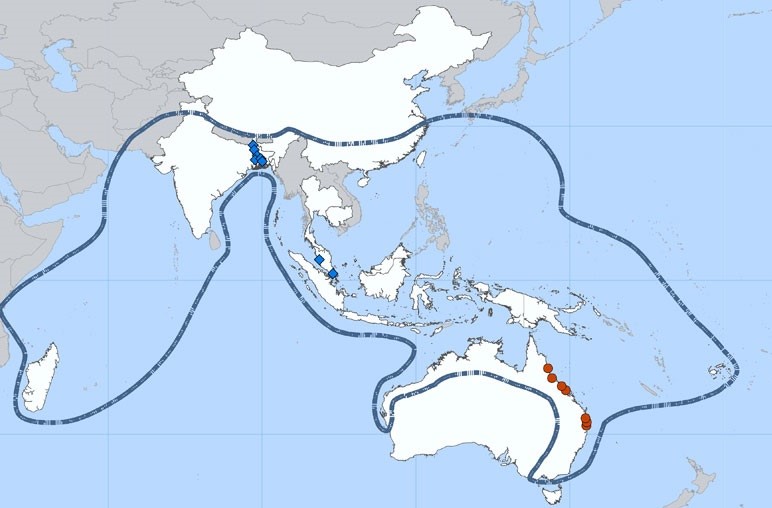
NEW DELHI – One month ago today, the state of Kerala reported an outbreak of the deadly Nipah virus. This is the third outbreak of the virus in India since the beginning of the century.
Seventeen people have died as a result of the recent outbreak. Although there is no known cure for Nipah, the Kerala Health Minister recently announced that the outbreak has been contained and limited to the 17 deceased and two others who have been infected.
First discovered in Malaysia, the virus is more frequent in India and Bangladesh. The deadly zoonosis disease is thought to be spread by fruit bats and can also be spread from human to human. The Nipah virus in Kerala appears to have been primarily spread by human-to-human contact.
Health experts believe that the most likely exposure to Nipah is the human consumption of raw date palm sap or that could have originated from drinking water from bat-infested wells.
Since there is no known treatment for the disease, palliative care is currently the only method that offers hope for survival once the infection has been contracted. The death rate for those infected is around 70%.
The Nipah virus is on the World Health Organization’s (WHO) priority list for diseases needing urgent research. Other viruses named on the list, including Zika and Ebola, should give readers a heightened awareness of the gravity of finding a cure for Nipah which many health officials has the potential to spread around the world.
Neither India nor any other country can afford to be complacent about the potential spread of the Nipah virus since it is so easily transferable between human beings.
The virus falls within a group collectively known as Acute Encephalitis Syndrome (AES) based on the nature of their related symptoms. More than 375 million Indian people in 171 districts across 17 states are at risk for any or all of the AES viruses.
Indian health officials have been pleased with the actions taken to prevent the spread of the disease, but they have also noted that the Nipah outbreak should be a wake-up call for closer surveillance.
Because the incubation period is about 42 days, it will not be until 30 July until the Ministry of Health can absolutely confirm that the outbreak is under control. To the best of our knowledge, no new cases have been reported since 12 June, so the signs are encouraging that the outbreak has been contained.
Sources:
- WHIO TV – What is Nipah virus? Deadly brain-damaging virus spreads in India
- PharmEasy, Nipah Virus: All You Need to Know
- The New York Times, Nipah Virus, Rare and Dangerous, Spreads in India
- The Indian Express, Battling Nipah: A month later, Kerala seems to be over the hump but officials can’t lower their guard
- India.com, Nipah Virus Scare is Under Control, Says Kerala Health Minister
- First Post, Nipah virus has been contained, says Kerala health minister; NiV outbreak should be a wake-up call for AES surveillance
- Asian Scientist, Nipah Outbreak in India Leaves 17 Dead
- Gyankaari, Information note on Nipah virus outbreak in Kerala
Image Source:
- By CDC [Public domain], via Wikimedia Commons




